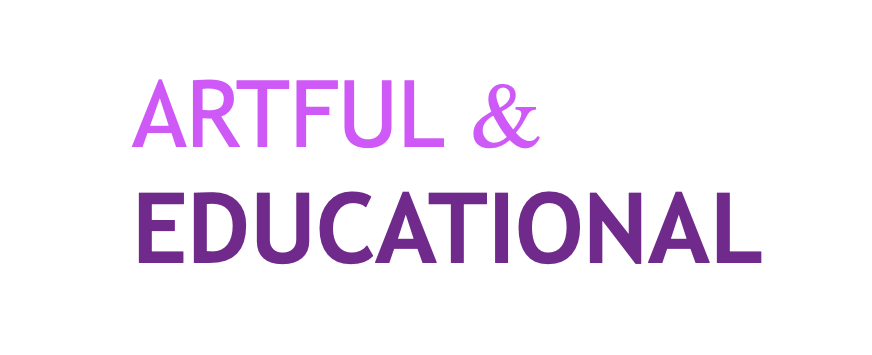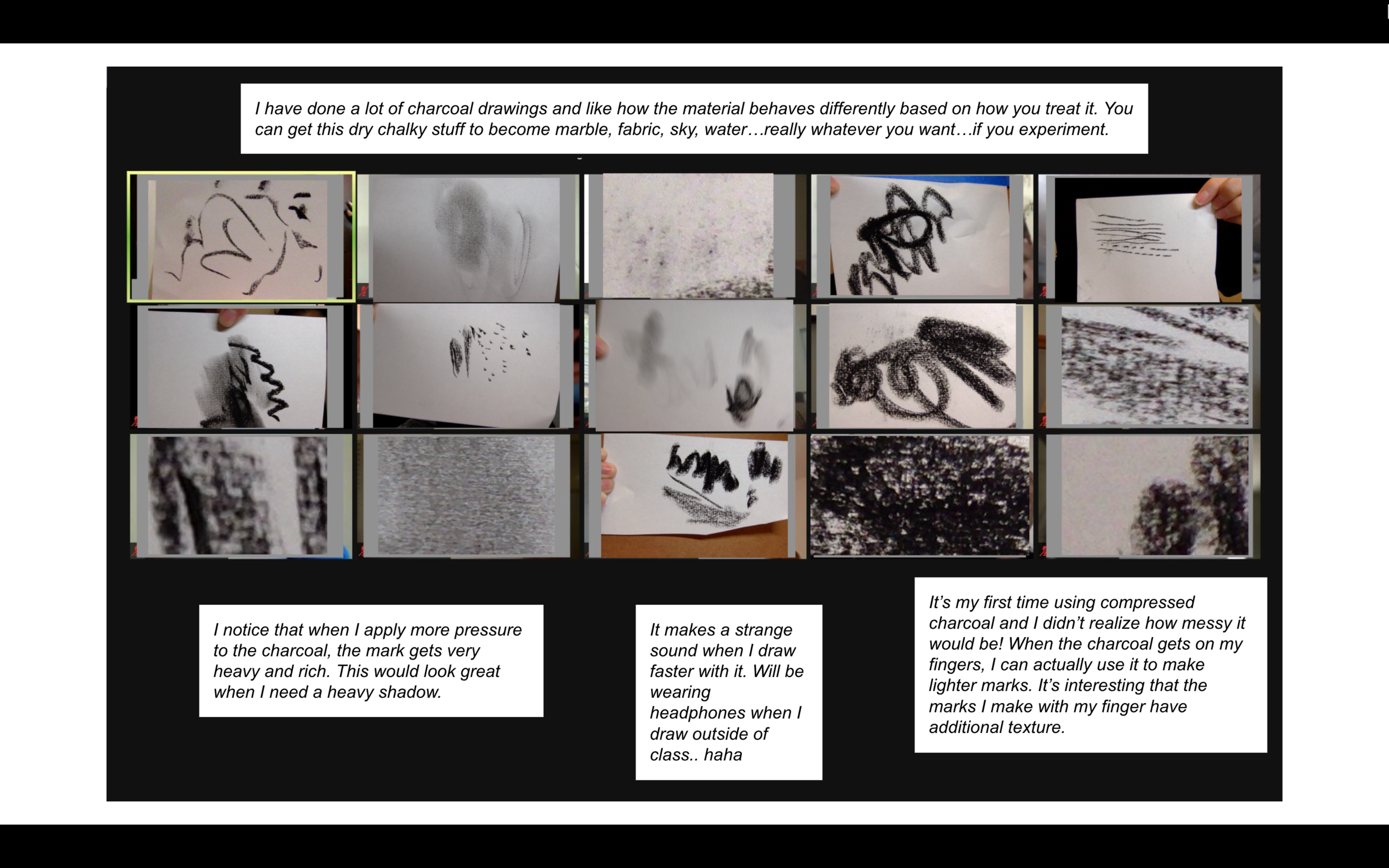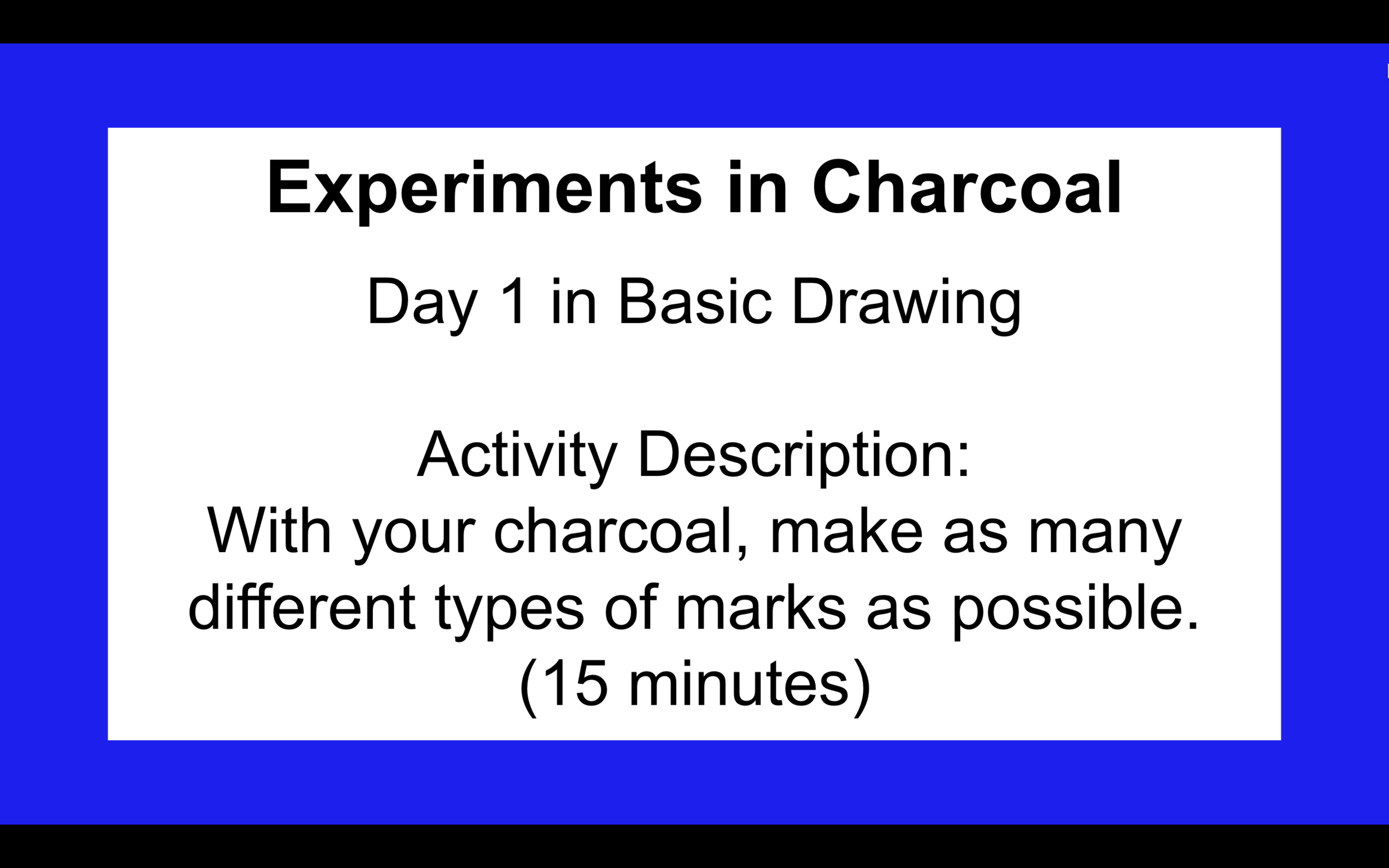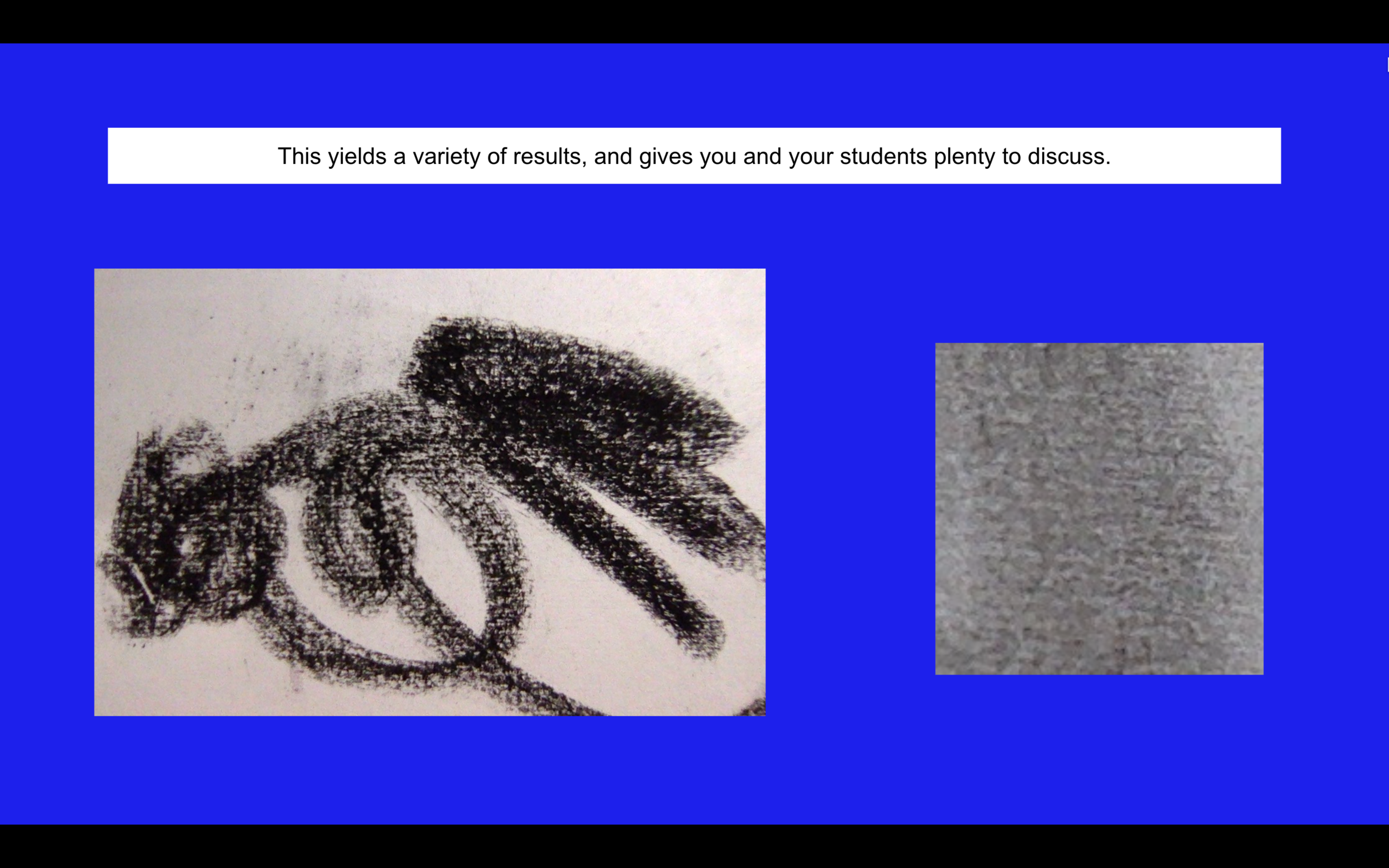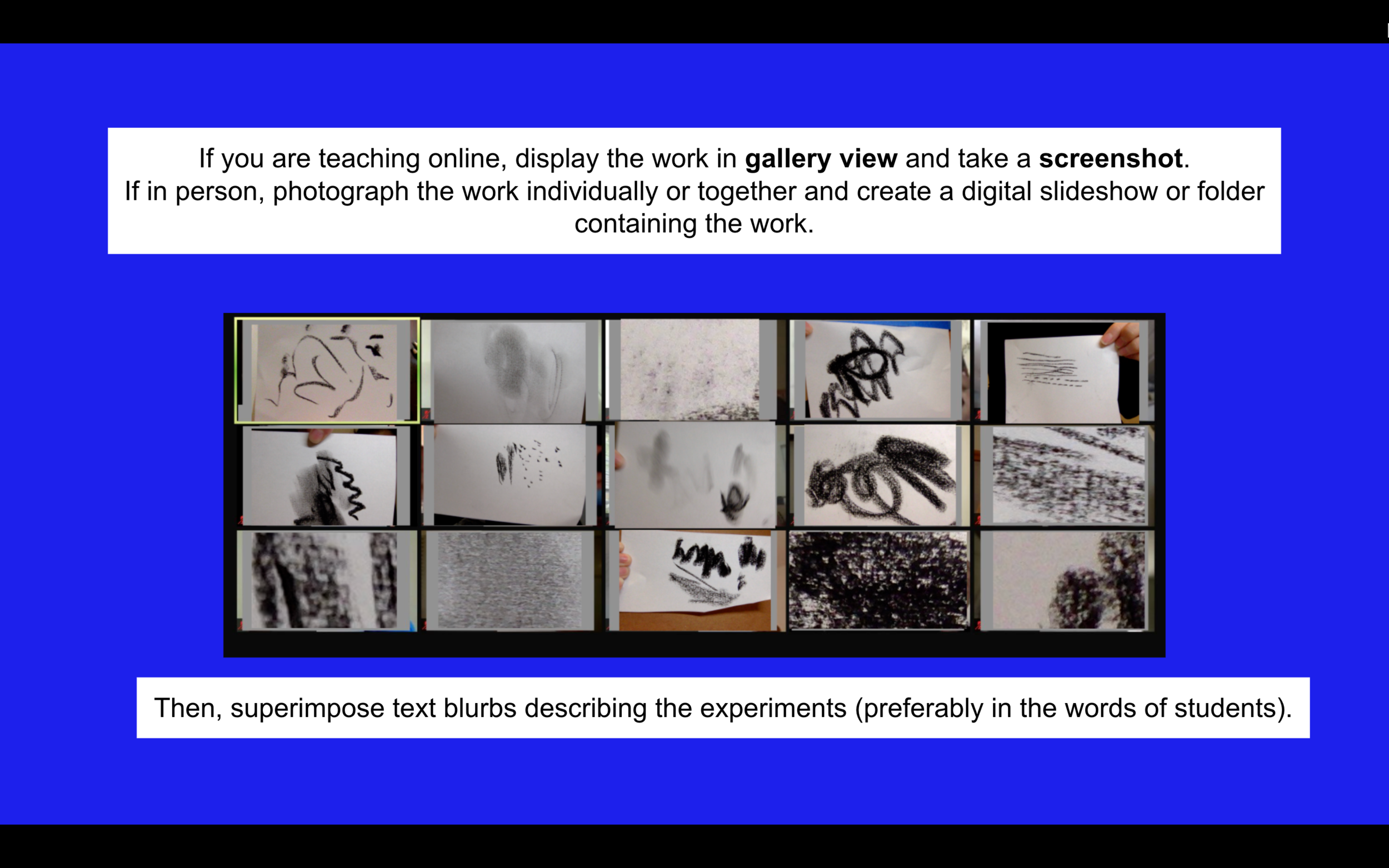Reinforcing Learning in Higher Ed: Post-Session Summaries
College can be stressful for students——it comes with the territory. After all, in order to learn and grow, students need pressure, deadlines, and challenges, all of which can make students feel overwhelmed.
The good news is that you can keep your class rigorous while also maintaining solid supports for students. Your purpose is to increase their likelihood of succeeding, and of having a good experience in your class.
This is why after class, I send summaries of the session to students. These summaries can take on a variety of forms. You might consider typing up an overview of key concepts on a shared Google Doc and posting a link to your Blackboard, Canvas, or other Learning Management System. Better yet, you could incorporate shared docs into your class and have students type key points on a template as the lesson progresses, freeing up time for you later on because they are doing the summarizing on their own. In a physical classroom, you could have students work on deliverables together or independently, then post photos of their work on a class site.
I like to create digital collages of photographs of student work or writing samples from in class. This works well in online Art classes, where you can have students hold their artwork up so that you can take a screenshot of everyone in grid view. You can then save that screenshot as a jpg, crop it, and place it in a Google Drive document. See the gallery below for an example of how I would structure this.
View this slideshow on Google Slides here.
Alternatively, you might use free software like Loom to record a brief video summarizing key points. Loom allows you to record both your screen and your face at the same time (you will be featured in a tiny circle at the bottom of your screen), which means you can show student work or in-class activities in your video.
It would be best if you provide some kind of summary after each class (even your in-person classes). This helps keep students organized and on track, and can clarify any misconceptions or confusing areas for students. You could even try writing brief emails to 2-3 individual students each week to check in.
Try it out and, in the comments, let me know how it goes!
